Styling wall shelves like a designer involves combining a curated selection of elements—such as art and photographs, books, decorative objects, and organic accents—to create a balanced, visually engaging display. Incorporating negative space is crucial to prevent overcrowding and to give the eye a place to rest. Varying the heights and orientations of items (for example, stacking books both vertically and horizontally) establishes a rhythmic “zig-zag” flow that pulls the viewer’s gaze naturally across the shelves. Anchoring your arrangement around a cohesive color palette or material theme—such as a set of ceramic vases or a grouping of frames in coordinating tones—helps unify disparate objects into a single, polished vignette. Finally, seasonal or rotating accents (like greenery in spring or metallic objects in winter) keep the design fresh and reflective of your personal style.

Shelf Scapes: Crafting Designer Displays with Ease
- Shelf Scapes: Crafting Designer Displays with Ease’ shows you how to mix five key elements—framed art, books, sculptural accents, organic pieces, and generous negative space—to build stunning wall vignettes.
- Begin by clearing your shelves completely, treating the empty boards as a blank canvas for color, texture, and form.
- Stack books both vertically and horizontally to introduce dynamic height variations that balance heavier and lighter items.
- Weave in plants, shells, or natural ceramics for an organic touch that brings life and warmth to the display .
- Finally, leave space around each object—rather than crowding every inch—to let each piece stand out and prevent visual clutter.
Elevate Your Walls: Pro Tips for Picture-Perfect Shelves
Begin by stripping your shelves bare and treating each level as a blank canvas to determine space and scale for curated styling. Next, anchor your arrangement by layering in your favorite pieces—sculptures, ceramics, or art—first and spreading them across multiple shelves to ensure balance. Integrate books both stacked horizontally and spines-out to create dynamic height variation and pockets of negative space. Introduce organic elements like potted plants or preserved flowers to soften edges and add textural warmth. Employ a restrained color palette—no more than three complementary hues—to maintain cohesion and prevent visual clutter. Finally, step back and edit: remove any item that feels superfluous so each object can breathe and the overall display remains crisp and intentional.
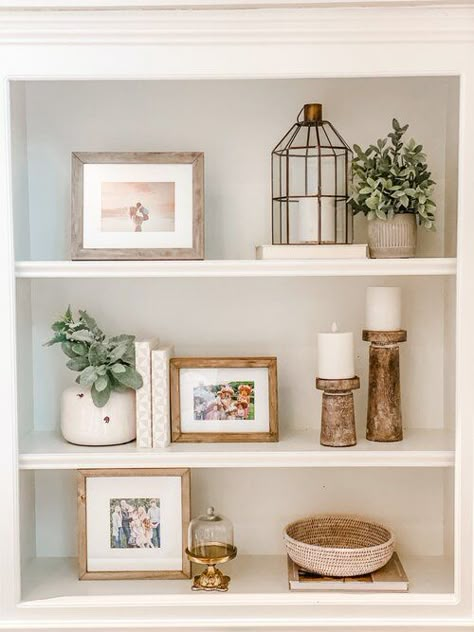

Curate & Display: The Designer’s Guide to Wall Shelving
Curate & Display: The Designer’s Guide to Wall Shelving takes a blank canvas approach—start by stripping your shelves completely and treating each tier as an opportunity to balance form and function. Anchor your display with standout pieces—think sculptural ceramics, framed art, or statement objects—distributed across different shelves to maintain equilibrium and visual interest. Introduce dynamic height variations by stacking books both vertically and horizontally, creating zig-zag flows that guide the eye naturally from one vignette to the next. Layer in a mix of textures and materials—wood, metal, glass, textiles—to add depth and contrast, transforming flat surfaces into multi-dimensional displays. Soften the arrangement with organic accents—potted greenery, preserved botanicals, or driftwood pieces—to bring warmth and life to your curated shelves. Finally, edit ruthlessly: remove any item that feels superfluous and leave generous negative space around each object so every piece can breathe and shine.
Artful Arrangements: Styling Wall Shelves Like a Pro
Curate your shelves by stripping them bare and treating each tier as a blank canvas—this fresh start helps you gauge space, scale, and visual rhythm before adding any pieces. Anchor your arrangement with standout items—sculptural vases, framed art, or statement objects—spreading them across various levels to achieve balance and draw the eye up and down. Layer in books both vertically and horizontally—stacked piles create dynamic height variation while spines-out rows offer pockets of negative space to rest the eye. Mix in decorative accents of varied shapes and textures—curved ceramics, metallic sculptures, or glassware—to contrast the rectilinear forms of books and frames, keeping the display intriguing. Soften the overall look with organic elements—potted greenery, driftwood pieces, or sculptural shells—bringing warmth, life, and natural texture to the vignette.
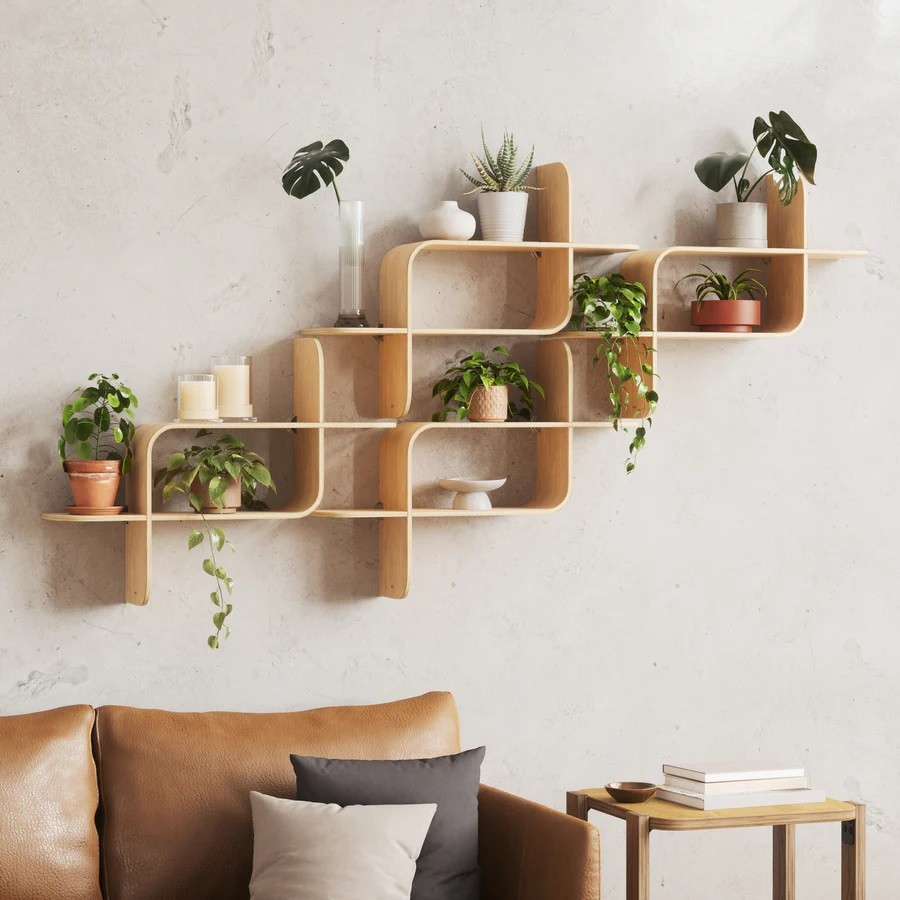
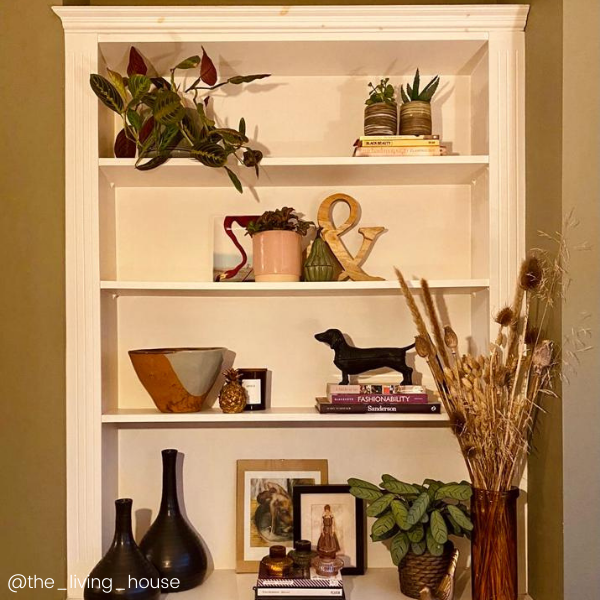
Balance & Beauty: Secrets to Designer-Styled Shelves
Balance & Beauty: Secrets to Designer-Styled Shelves” begins by wiping each shelf clean and treating the empty surface as a blank canvas, which helps you visualize scale and space before introducing any décor. Anchor your arrangement with a few standout items—such as sculptural vases, framed art, or unique collectibles—and spread them thoughtfully across different levels to distribute visual weight and maintain equilibrium. Introduce dynamic height variation and a natural rhythm by stacking books both vertically and horizontally—this zig-zag flow guides the eye across the display and prevents monotony. Layer in a mix of textures and materials—like wood, metal, glass, and ceramics—to add depth and keep the arrangement from feeling flat, creating an engaging, multi-dimensional look.
From Clutter to Couture: Transform Your Shelves
From Clutter to Couture: Transform Your Shelves” starts by stripping your shelves bare and treating the empty boards as a blank canvas—this lets you visualize negative space and plan your display intentionally. Next, curate a balanced assortment: anchor the vignette with sculptural pieces or framed art, then intersperse books—stacked both horizontally and vertically—to introduce dynamic height variations. Elevate the look further by incorporating luxe textures—metallic accents, glossy ceramics, or mirrored objects—that instantly upgrade basic shelving into a couture-worthy showcase.
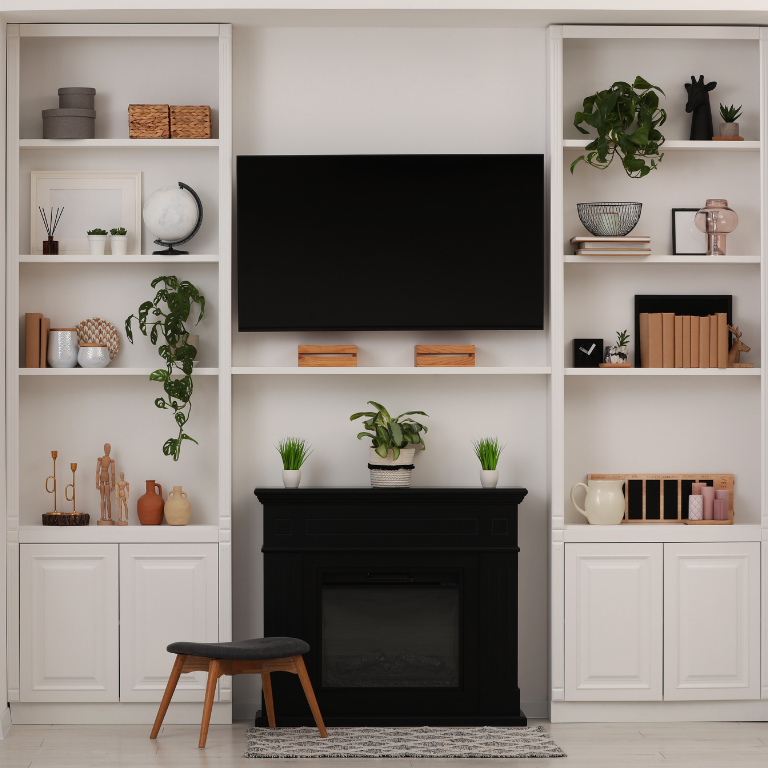
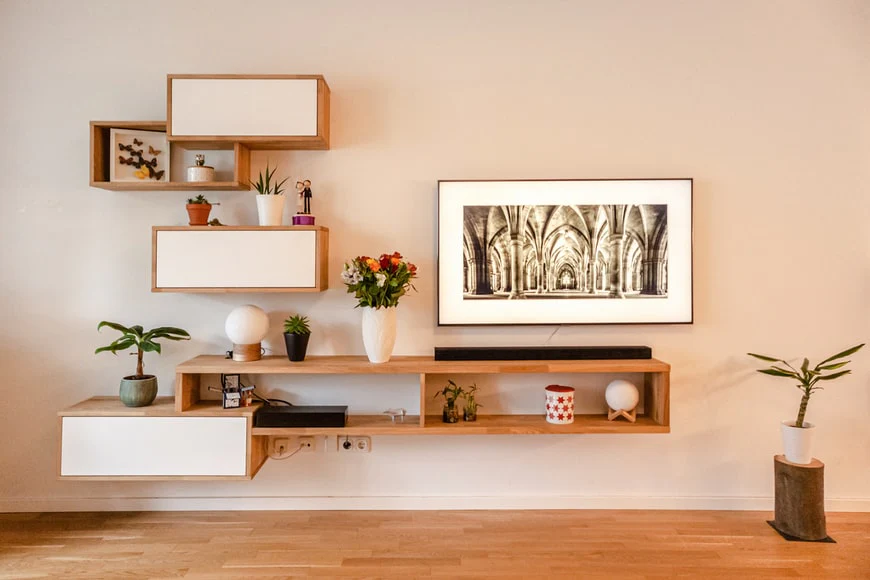
No Responses